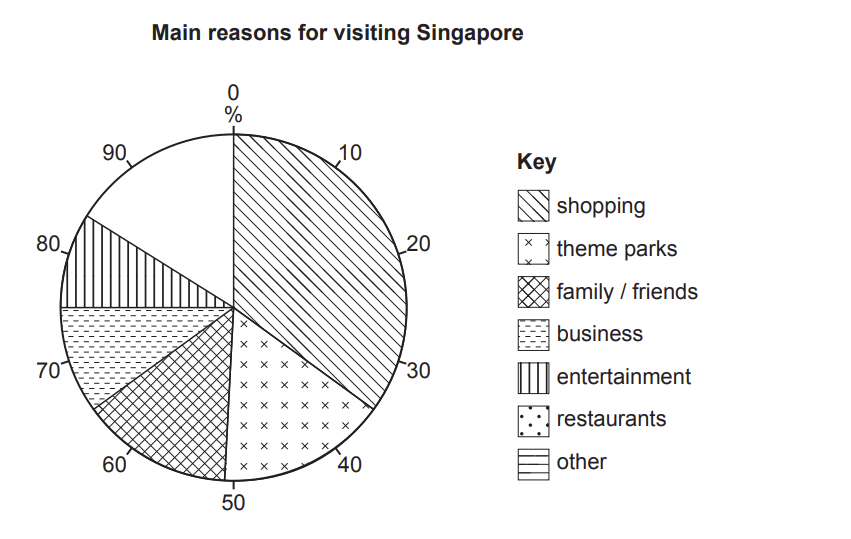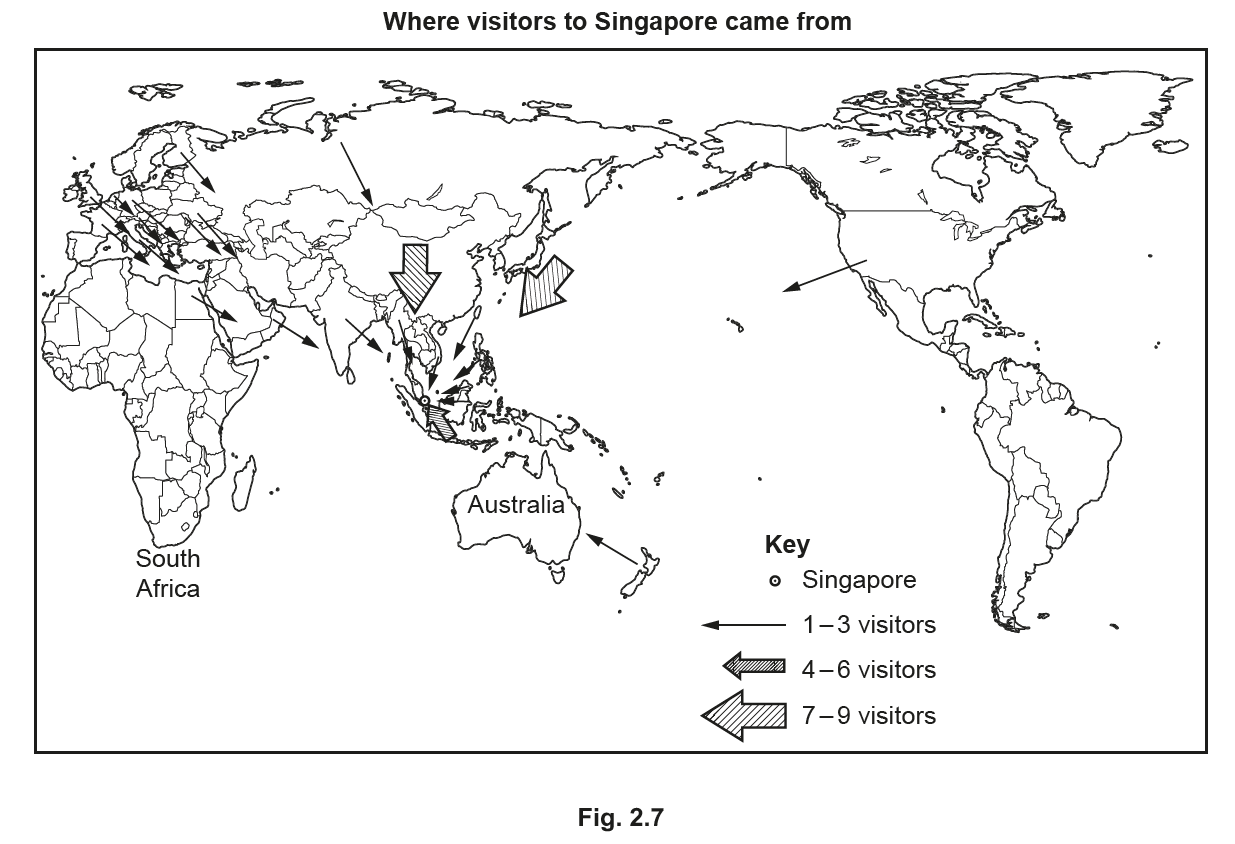The students decided to investigate why international tourists came to Mauritius and what impact tourists had on people who lived on the island. Their two hypotheses were:
Hypothesis 1: The physical landscape attracts more tourists to Mauritius than the human landscape.
Hypothesis 2: Tourism is a good development for the residents of Mauritius.
To investigate Hypothesis 1 the students produced a questionnaire. This is shown in Fig. 2.2.
Fig 2.2
(i) When they showed their questionnaire to their teacher she suggested that before using the questionnaire they should ask:
‘Are you a tourist or do you live in Mauritius?’
Why do you think the teacher made this suggestion?
(ii) The answers to Question 1 (Which continent do you come from?) are shown in Table 2.1 below.
Table 2.1
Answers to Question 1
| Continent |
Number of tourists |
| Asia |
17 |
| Africa |
14 |
| Europe |
55 |
| Australia |
2 |
| North America |
11 |
| South America |
1 |
| Total |
100 |
Using Table 2.1, give two conclusions about where tourists came from to visit Mauritius. Do not just copy out the statistics.
1 ........................................................................................................................................
2 ........................................................................................................................................
[2]
(iii) The answers to Question 2 (Which of the following physical landscape attractions are you visiting in Mauritius?) and Question 3 (Which of the following human landscape attractions are you visiting in Mauritius?) are shown in Table 2.2.

Use this data to complete the bar graphs in Fig. 2.3 below, to show the number of visits made to the Casela Bird Park and the Grand Bassin temples.

(iv) Complete the pie graph and key in Fig. 2.4 below to show the answers to Question 4 (Overall which attracted you most to Mauritius?).
| |
Percentage of tourists |
| Physical landscape attractions |
58 |
| Human landscape attractions |
42 |

(v) What conclusion would the students make to Hypothesis 1: The physical landscape attracts more tourists to Mauritius than the human landscape? Support your decision with evidence from Figs. 2.3 and 2.4 and Table 2.2.
[4]















